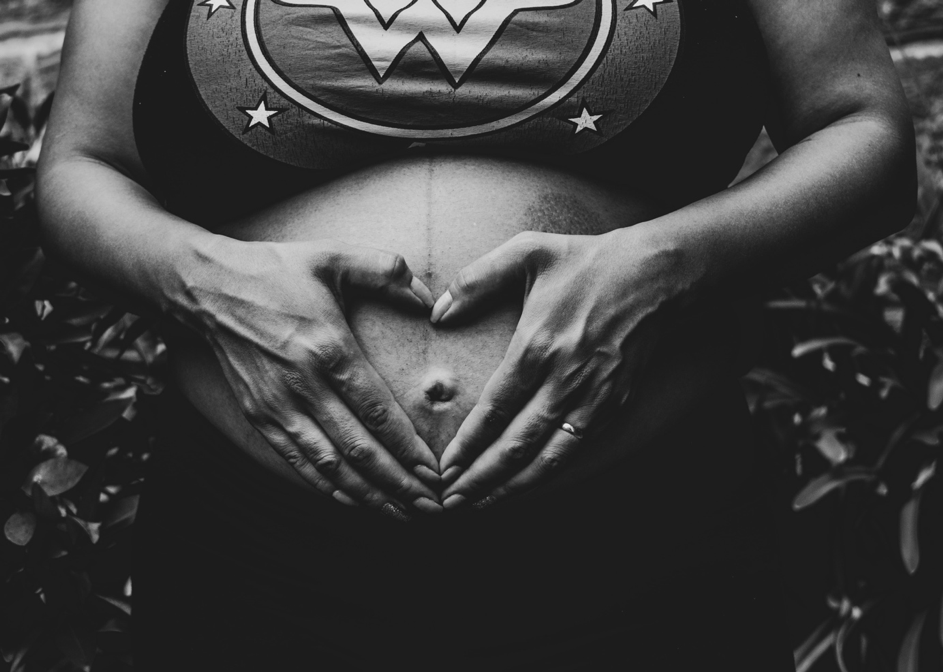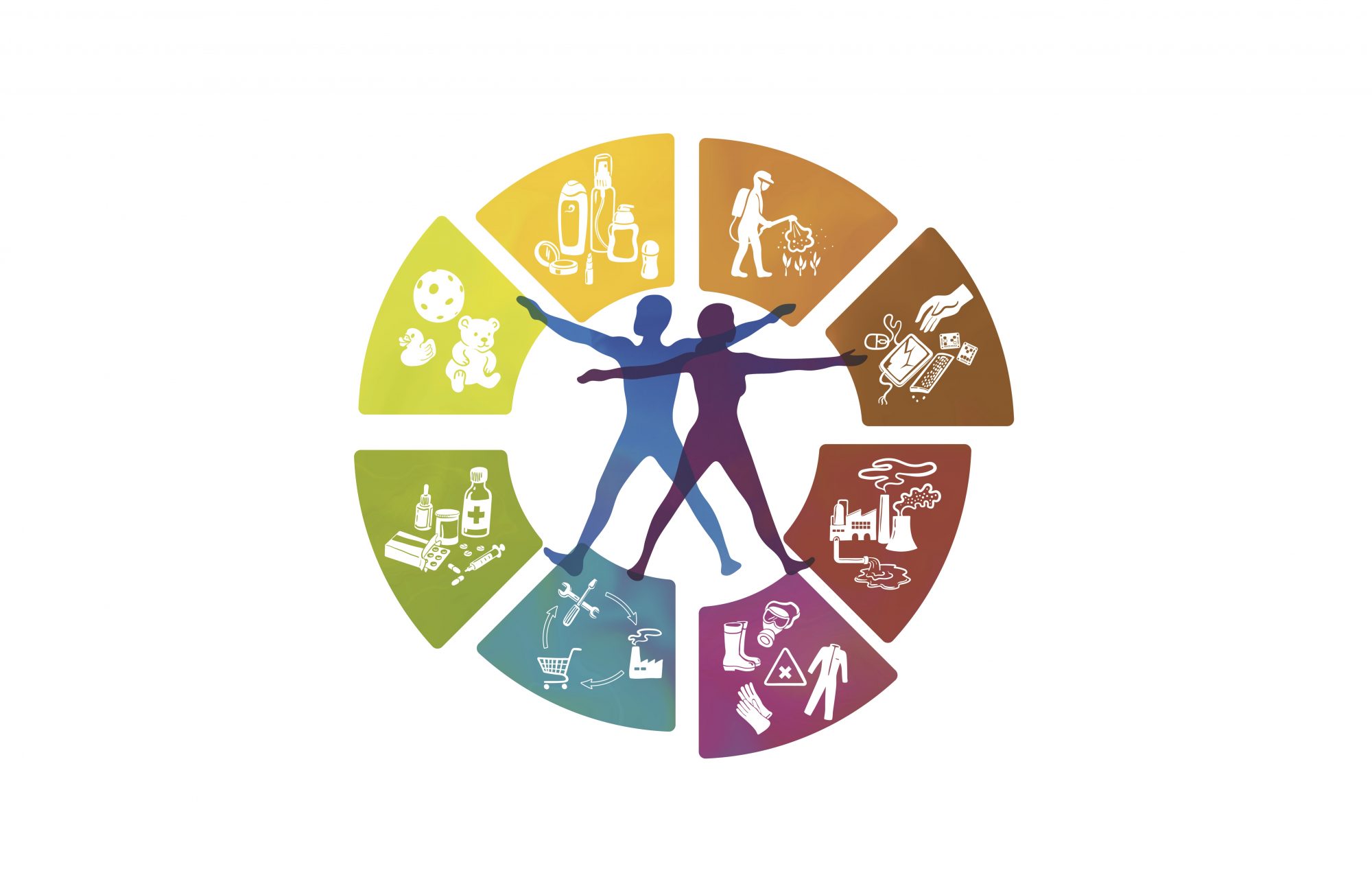#Expert – Blog Series: How to create a gender-just healthy planet
by Women Engage for a Common Future (WECF)

www.nestbau.info – an information program by WECF for young families, pregnant women and anyone who wants to know which harmful chemicals can be found in everyday products, how to protect themselves, and what governments do to protect consumers?
Going shopping without worrying because the products are safe and harmless to our health – that would be great. It would be particularly great if you have already too much on your mind and you only want the best – for example, for the baby that is expected or for the little offspring that is already in the world. But it would also be excellent if it would be “only” about your own health. Unfortunately, this is not the case. Many of our everyday products contain chemicals that are suspected or known to be harmful to the environment and our health.
We at WECF – Women Engage for a Common Future – have been campaigning for years for a ban on harmful chemicals in products. Therefore, we have developed our program www.nestbau.info – a “best practice tool” to inform and raise awareness. This should actually be a task for governments so that sustainable chemicals management is finally implemented. A crucial international process in this regard is the SAICM Beyond 2020 process. However, governments have not fulfilled their duty of care and prevention to the necessary extent so far. Thus, education and information are the only way to protect unborn children, children, women and men from harmful substances.
Synthetic chemicals occur in nearly all areas of life. Unfortunately, this means that these chemicals are also used in the products that are intended for us consumers. Formaldehyde in cosmetics, softeners in plastics, per- and polyfluorinated fabrics (PFC) in outdoor clothing, or pesticides in food – depending on the type of product, we take them with us when we go shopping, we furnish our homes with them, we keep our homes clean by using them, wear them as a garment or apply them as cosmetics on our skin. When these substances escape from the products, we can absorb them through breathing, skin and food. Analyses of blood samples, the umbilical cord, sperm or fatty tissue show that every person is contaminated with dozens of harmful substances.
There are about 100,000 chemicals on the market worldwide. Only a small number of them have been tested extensively for health effects and are regulated accordingly. This means that they may no longer be added to certain products or only in small quantities. However, many chemicals are already known to be harmful to health. They are known to be carcinogenic, mutagenic, toxic for reproduction or endocrine disruptive (affecting the hormone system), but they can also trigger allergies, impair IQ development, etc. Nevertheless, they can be found in the products we use every day.
Women and children are particularly vulnerable to chemicals of concern. That is why WECF is focusing on these groups in its chemicals work and with www.nestbau.info.
Due to their higher fat content in the tissue, women accumulate more fat-soluble and bio-accumulating chemicals such as plasticizers, which are found in many plastic products and hygiene articles.
The different stages of physical development that women go through and which are controlled by the hormone system make them very susceptible to hormonally active substances: during puberty, lactation, menopause and pregnancy women react particularly sensitively to these substances. Pregnant women are also the first environment of their children. Exposure to hormonally active substances can disrupt hormonally controlled developmental processes and have critical health effects on the unborn child. The placenta is not a safe barrier for harmful substances, which are transferred from mother to child. According to the International Federation of Gynaecologists and Obstetricians, many babies are already born with up to 200 substances in their small bodies.
Another problem is that we absorb a large number of chemicals every day, from a wide variety of sources, so that many different chemicals come together in our bodies. And it is not known how they interact! The so-called cocktail or sum effect, however, is scientifically proven to play a significant role in the risk assessment and should be a decisive factor in the development of regulations and “safe” limit values.
It is the responsibility of governments to protect our health and the environment from harmful chemicals through regulations and laws. In many points, however, regulations are not sufficient – not even in Europe, where REACH, a world-leading chemicals legislation has been implemented, and the precautionary principle should apply. For example, hormonally active substances which are found in many everyday products are not sufficiently taken into account in REACH and other directives.
Many questions remain open for consumers: How can I protect myself? What can I consume as an alternative, and what not? Can I do all this without having to become an expert and complicate my everyday life? The simple and relieving answer to this question is: you do not need to be an expert status, but you need to be proactive: you have to inform yourself. WECF has developed the nest-building program in order to answer questions such as “Which product is the right one?” and to provide consumers with concrete help.
For selected product groups, the program provides you with concrete, easy-to-implement suggestions regarding:
- Body care
- Detergents
- Renovation and furnishing
- Toys
- Textiles
A list of harmful substances helps to avoid them and stay on the safe side safe when shopping. Additionally, we provide advice on product groups for which there is no legal obligation to declare the ingredients and explain how to check if a product is as safe as possible. Politically, we are working to ensure that a declaration obligation is finally implemented.
In addition to the www.nestbau.info website, the entire nest-building package consists of, the brochure ” Beware! Toxic Chemicals in everyday life”, the app “giftfrei einkaufen” (shop without toxics – in German), a postcard or flyer as well as numerous compact guides on toys, hormone-like acting chemicals, care products, etc. The material is available in English and many other languages such as German, French, Dutch, Turkish and also Chinese.
As briefly mentioned In the beginning, the SAICM process is intended to continue on the path to sustainable chemicals management globally in the future. SAICMs “Chemical in Products” (CiP) program is particularly important for consumers: according to the program, information about which chemical is contained in which product should be accessible, and at least regulated chemicals that are attributed potential health hazards should be labelled.
WECF is working with a number of other NGOs at the national and international level to implement the CiP programme. However, practice still lags far behind what is needed. In the meantime, it is all the more important to inform yourself and to shop as toxic-free as possible, for example with the help of www.nestbau.info.
Resources for further information:
https://academic.oup.com/endo/article/160/6/1421/5473530
https://noharm-uscanada.org/sites/default/files/documents-files/51/Body_Burden_in_Newborns.pdf
https://ipen.org/sites/default/files/documents/ipen-intro-edc-v1_9a-en-web.pdf
